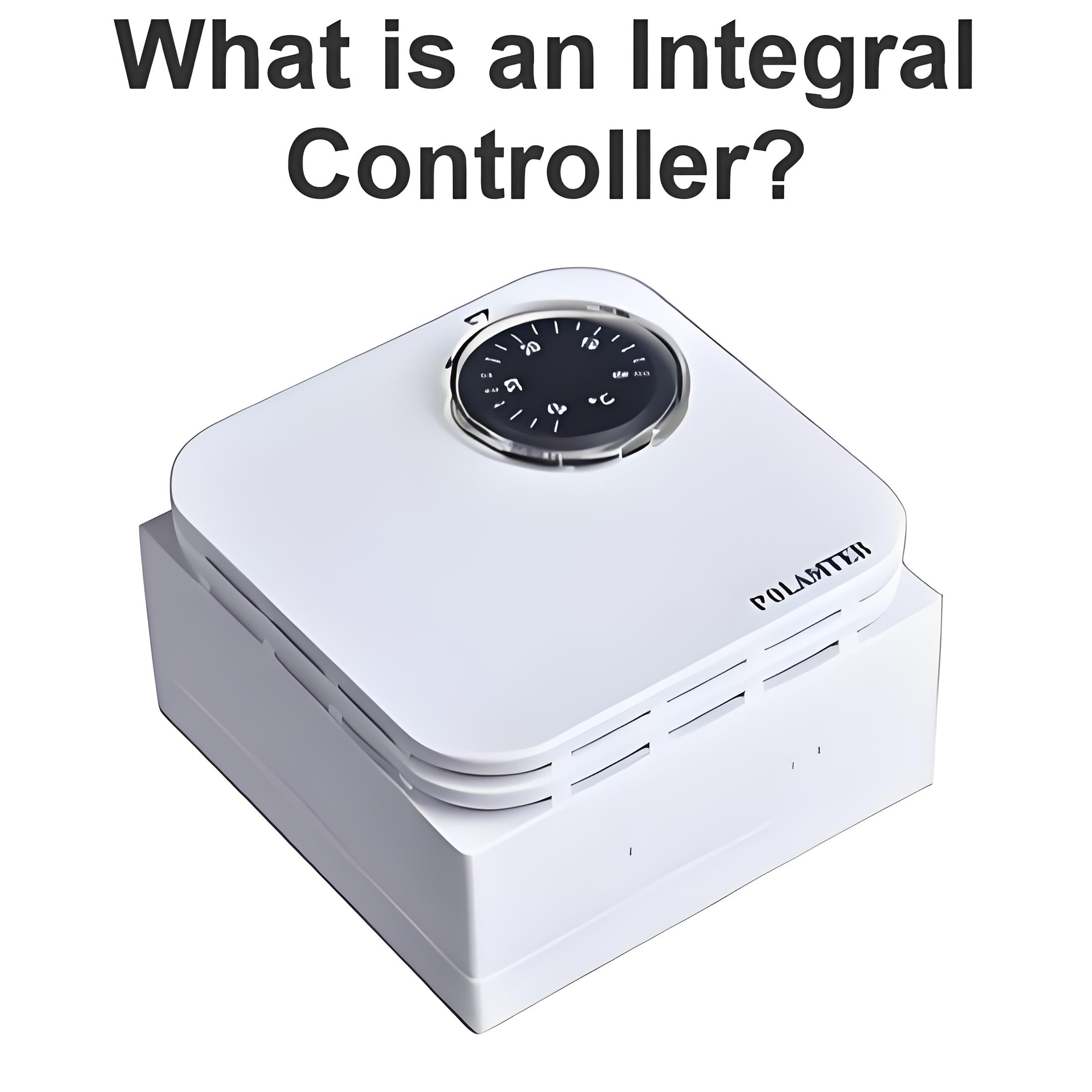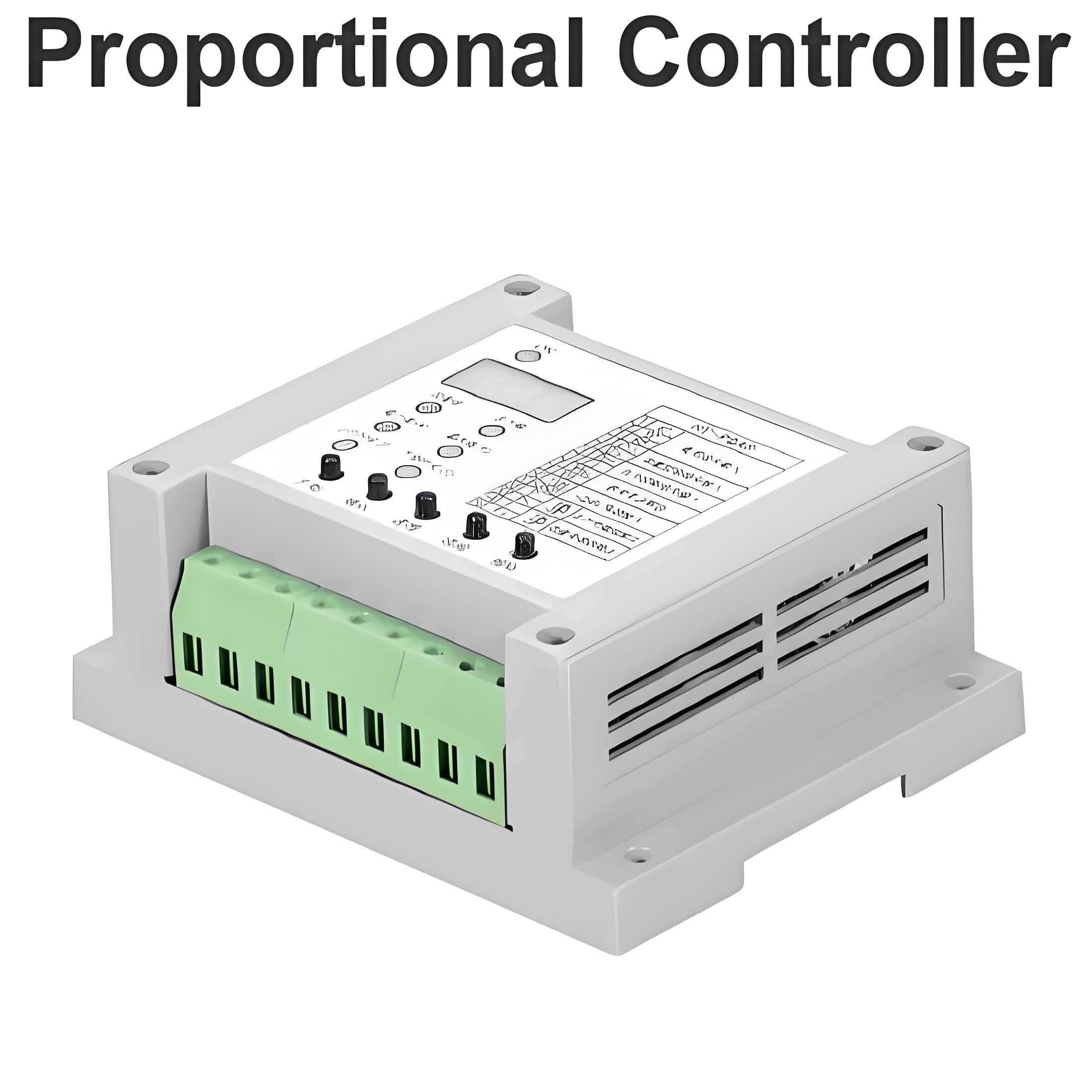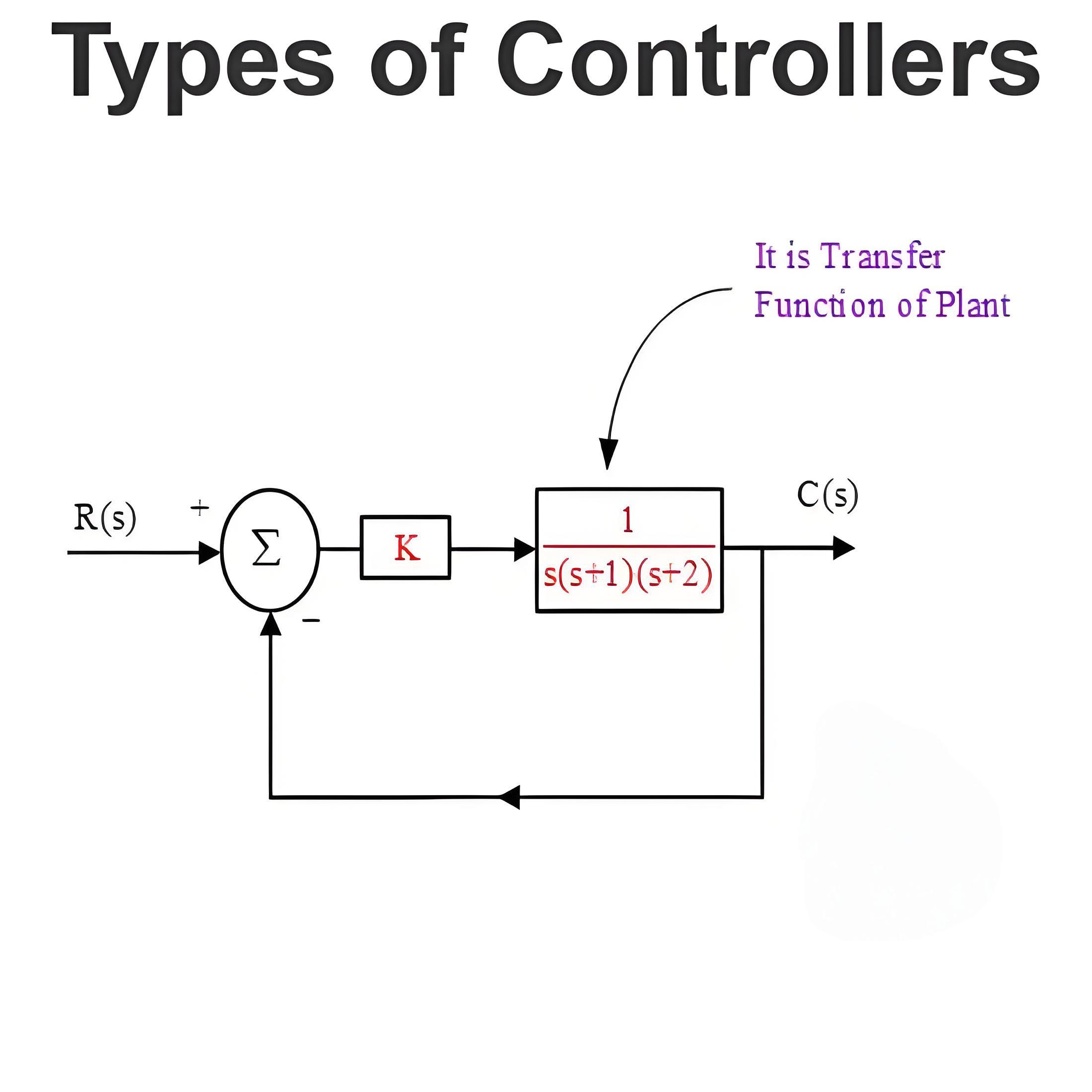Thermopile: A Device that Converts Heat into Electricity

A thermopile is a device that converts heat into electricity by using the thermoelectric effect.
It consists of several thermocouples, which are pairs of wires made of different metals that generate a voltage when exposed to a temperature difference. Thermocouples are connected in series or sometimes in parallel to form a thermopile, which produces a higher voltage output than a single thermocouple. Thermopiles are used for various applications, such as measuring temperature, generating power, and detecting infrared radiation.
How Does a Thermopile Work?
A thermopile works on the principle of the thermoelectric effect, which is the direct conversion of temperature differences to electric voltage and vice versa. This effect was discovered by Thomas Seebeck in 1826, who observed that a circuit made of two different metals produced a voltage when one junction was heated and the other was cooled.
A thermopile is essentially a series of thermocouples, each of which consists of two wires of different metals with large thermoelectric power and opposite polarities.

Thermoelectric power is a measure of how much voltage a material generates per unit temperature difference. The wires are joined at two junctions, one hot and one cold. The hot junctions are placed in a region with higher temperatures, while the cold junctions are placed in a region with lower temperatures. The temperature difference between the hot and cold junctions causes an electric current to flow through the circuit, generating a voltage output.
The voltage output of a thermopile is proportional to the temperature difference across the device and the number of thermocouple pairs.

The proportionality constant is called the Seebeck coefficient, which is expressed in volts per kelvin (V/K) or millivolts per kelvin (mV/K). The Seebeck coefficient depends on the type and combination of metals used in the thermocouples.
The diagram below shows a simple thermopile with two sets of thermocouple pairs connected in series.

The two top thermocouple junctions are at temperature T1, while the two bottom thermocouple junctions are at temperature T2. The output voltage from the thermopile, ΔV, is directly proportional to the temperature difference, ΔT or T1 – T2, across the thermal resistance layer and the number of thermocouple pairs. The thermal resistance layer is a material that reduces the heat transfer between the hot and cold regions.
Diagram of a differential temperature thermopile
T1
|\
| \
| \
| \
| \
| \ ΔV
| \
| \
| \
| \
| \
| \
| \
| \
| \
| \
------------------
Thermal
Resistance
Layer
------------------
| /
| /
| /
| /
| /
| /
| /
| /
| /
| / ΔV
| /
| /
| /
| /
| /
|/
T2
Thermopiles can also be constructed with more than two sets of thermocouple pairs to increase the voltage output.

Thermopiles can be connected in parallel as well, but this configuration is less common because it increases the current output rather than the voltage output.
Thermopiles do not respond to absolute temperature, but only to temperature differences or gradients.

Therefore, they can be used to measure heat flux, which is the rate of heat transfer per unit area. Heat flux can be calculated by dividing the voltage output by the thermal resistance and the area of the device.
Thermopiles use infrared radiation as a means of heat transfer and are also used for non-contact temperature measurement.

Infrared radiation is electromagnetic radiation with wavelengths between 700 nm and 1 mm, which corresponds to temperatures between 300 K and 5000 K. Infrared radiation is emitted by any object with a nonzero temperature and can be detected by a thermopile sensor.
Types of Thermopile Sensors
A thermopile sensor is a device that uses one or more thermopiles to measure temperature or infrared radiation from an object or a source.

Thermopile sensors are based on non-contact measurement principles and have various advantages over contact-based sensors, such as higher accuracy, faster response time, wider range, and lower maintenance.
There are different types of thermopile sensors, depending on the number, configuration, and material of the thermocouples, as well as the design of the infrared absorber and the filter. Some of the common types of thermopile sensors are:
Single-element thermopile sensor: This type of sensor has only one thermopile with a single hot junction and a single cold junction. The hot junction is attached to a thin infrared absorber, usually a micro-machined membrane on a silicon chip. The cold junction is connected to a heat sink or a reference temperature. The sensor measures the temperature difference between the hot and cold junctions, which is proportional to the infrared radiation absorbed by the membrane. This type of sensor is suitable for measuring low to medium infrared radiation levels and has a fast response time.
Multi-element thermopile sensor: This type of sensor has multiple thermopiles arranged in parallel or in series. Each thermopile has its own hot and cold junctions, which are connected to a common infrared absorber and a common heat sink. The sensor measures the sum of the voltage outputs from each thermopile, which is proportional to the total infrared radiation absorbed by the membrane. This type of sensor is suitable for measuring high infrared radiation levels and has a high sensitivity.
Array thermopile sensor: This type of sensor has an array of thermopiles arranged in rows and columns on a substrate. Each thermopile has its own hot and cold junctions, which are connected to individual infrared absorbers and heat sinks. The sensor measures the voltage output from each thermopile separately, which is proportional to the local infrared radiation absorbed by each absorber. This type of sensor can create a two-dimensional image of the infrared radiation distribution and can detect the position, shape, and movement of an object.
Pyroelectric thermopile sensor: This type of sensor combines a pyroelectric material with a thermopile. A pyroelectric material is a material that generates an electric charge when heated or cooled. The pyroelectric material is attached to the hot junctions of the thermopiles, while the cold junctions are connected to a heat sink. The sensor measures the voltage output from the thermopiles plus the charge output from the pyroelectric material, which is proportional to the rate of change of infrared radiation absorbed by the material. This type of sensor can detect rapid changes in infrared radiation and can measure both static and dynamic temperatures.
Applications of Thermopile Sensors
Thermopile sensors have various applications in different fields, such as:
Medical devices: Thermopile sensors are widely used in medical devices that measure body temperature, such as ear thermometers, forehead thermometers, tympanic thermometers, and thermal imaging cameras. Thermopile sensors can provide accurate and non-invasive temperature measurements without contact with the skin or mucous membranes.
Industrial processes: Thermopile sensors are used in industrial processes that involve high temperatures, such as metal processing, glass manufacturing, plastic molding, welding, soldering, and laser cutting. Thermopile sensors can provide fast and reliable temperature measurements without contact with hot objects or surfaces.
Environmental monitoring: Thermopile sensors are used in environmental monitoring devices that measure ambient temperature, humidity, air quality, soil moisture, fire detection, and solar radiation. Thermopile sensors can provide accurate and stable temperature measurements without interference from other factors.
Consumer electronics: Thermopile sensors are used in consumer electronics devices that require temperature sensing or infrared detection, such as smartphones, tablets, laptops, cameras, remote controls, smart watches, gaming consoles, and virtual reality headsets. Thermopile sensors can provide low-cost and low-power solutions for various functions, such as face recognition, gesture control, proximity sensing, biometric authentication, and thermal imaging.
How to Test Thermopiles?
Thermopiles are often used in devices that rely on gas fireplaces or heaters for heating purposes. These devices have a pilot light that heats up a thermocouple or a thermopile, which generates a small voltage that signals the gas valve to open or close. If the pilot light goes out or the thermocouple or a thermopile is faulty, the gas valve will not open, and the device will not heat up. Therefore, it is important to test the thermopile regularly to ensure its proper functioning.
To test a thermopile, one needs to use a digital multimeter on a DC millivolt setting and attach it to the terminals of the thermopile leads, which are usually red and white. The thermopile leads are connected to the gas control valve, which is typically located underneath the lower grill of the device.
The next step is to hold down the gas control’s thermostat knob until the voltage reading stabilizes, which may take a few minutes. A good thermopile should read between 650 to 850 millivolts, while a bad one may read below 400 millivolts. If the reading is too low, the thermopile may need to be replaced.
The diagram below shows how to test a thermopile with a multimeter.
Diagram of testing a thermopile with a multimeter
Gas Control Valve
|\
| \
| \
| \
| \
| \ Thermopile Leads
| \ (Red and White)
| \
| \
| \
| \
| \
| \ Multimeter
| \ (DC Millivolt Setting)
| \
| \
------------------
Pilot Light
(Heats up the
Thermopile)
Conclusion
A thermopile is a device that converts heat into electricity by using the thermoelectric effect. It consists of several thermocouples connected in series or parallel to form a thermopile, which produces a higher voltage output than a single thermocouple. Thermopiles are used for various applications, such as measuring temperature, generating power, and detecting infrared radiation.
A thermopile sensor is a device that uses one or more thermopiles to measure temperature or infrared radiation from an object or a source. Thermopile sensors are based on non-contact measurement principles and have various advantages over contact-based sensors, such as higher accuracy, faster response time, wider range, and lower maintenance.
There are different types of thermopile sensors, depending on the number, configuration, and material of the thermocouples, as well as the design of the infrared absorber and the filter. Some of the common types of thermopile sensors are single-element, multi-element, array, and pyroelectric.
Thermopile sensors have various applications in different fields, such as medical devices, industrial processes, environmental monitoring, and consumer electronics. Thermopile sensors can provide accurate and non-invasive temperature measurements without contact with the skin or mucous membranes.
To test a thermopile, one needs to use a digital multimeter on the DC millivolt setting and attach it to the terminals of the thermopile leads, which are connected to the gas control valve. A good thermopile should read between 650 to 850 millivolts, while a bad one may read below 400 millivolts. If the reading is too low, the thermopile may need to be replaced.
Thermopiles are useful devices that can convert heat into electricity and measure temperature or infrared radiation from a distance. They are widely used in various devices that rely on gas fireplaces or heaters for heating purposes. By understanding how they work and how to test them, one can ensure their proper functioning and performance.
Statement: Respect the original, good articles worth sharing, if there is infringement please contact delete.
Welcome to our electricity community! Established to facilitate the exchange and cooperation in the electricity industry and bridge professionals, enthusiasts, and related enterprises.





